Amsterdam is a city best explored on foot or by bicycle as it is compact, well-organized, and features plenty of walking and biking lanes. That being said, there are times when it makes more sense to travel across the city via a faster method: when you’re in a hurry, when you are heading clear across town, when the weather is bad, or when you are utterly exhausted because you have been walking all day. Thankfully, Amsterdam has one of the most efficient and relatively economical transit systems we’ve encountered in our travels.
Exploring the city by bus, metro, or tram is easy as the lines snake throughout the city and the vehicles arrive frequently. Most importantly, they arrive on time – this seems to be rare except in a city such as London. I suspect it is due to the fact that Amsterdam is a relatively carless city. Yes, there are vehicles on every street, but the vast majority of the people you see are not driving – they are walking, biking, or riding public transit. This clears up space on the roads and leads to fewer transit delays, making public transit not only the most sustainable choice for travelers but the most convenient one as well. Heading to Amsterdam? Here’s what you need to know about getting around the city:
AMSTERDAM TRAVEL PASSES
Public transit in Amsterdam is relatively cost-effective as well. I always recommend purchasing a multi-day ticket if available, or several day passes if not. After a few hours with a day pass, you typically realize cost savings over paying per ride. In Amsterdam, travel passes are available both on paper chip cards and reloadable OV-Chipkaarts (more on that in a bit) in daily increments up to a seven-day (168-hour) pass, however, you must purchase these from a ticket desk; multi-day passes are not available to purchase from machines or on the tram/bus (edit: you can now purchase up to five days in the GVB app!). Thankfully, you should be able to purchase them upon arrival, as ticket counters are located at Schiphol Airport, along with the Centraal, Noord, and Zuid train stations. Each of our seven-day passes cost less than €5 per day (prices have since slightly increased – head here for current pricing) and as we were staying a little out of the center of the city, we made very good use of them.
If you plan on visiting Amsterdam often, it may be worth the time and money to invest in an OV-Chipkaart. The upfront cost is €7.50, and you can purchase passes and other products to be loaded onto the card. The card is also valid on the national railway system, but you must have a €20 balance to be able to board the train. We did not bother with the reloadable chip cards, but it would be a great option for travelers who visit the Netherlands several times a year. Update: contactless payment methods are now accepted (yay!) – you can learn more about the OVpay program here.
AMSTERDAM TRANSIT MAPS
Technology makes learning a new city’s transit system even easier these days; routes, schedules, and tram/bus/metro locations are integrated into Google Maps. Simply turn on location services and connect to a WiFi point at your current location (that is, if you do not have a mobile data connection – if you do you’re good to go and can access directions anywhere!), enter your destination, and select the bus symbol to pull up the route.
Depending on where you are and where you are going, Google may suggest multiple options (fastest, least-walking, fewest transfers, etc.). Choose the one that best fits your needs. The best part? Even if you walk away from the WiFi point, you should still be able to view your exact location and the transit directions and scheduled departure and arrival times – just be sure not to hit the back button too many times or you’ll drop the directions. I always like to take a screenshot of the map and steps just to be safe. In addition, you should download a copy of the current route map to your mobile or make sure to grab a paper copy when buying your tickets.
RIDING THE METRO IN AMSTERDAM
Boarding the bus, tram, or metro in Amsterdam is very similar to boarding in other cities. Access to the metro lines is gained before you reach the platform; tap your card on the reader at the turnstiles, and the doors will open and allow you to pass. From there, locate your metro train by finding the sign indicating the correct line (they are all numbered) and the final destination of that line (based on the direction you are heading).
And if you end up on the wrong line or heading in the wrong direction? It’s okay – take a deep breath, get off at the next stop, and change platforms to take the next train heading toward where you just departed. The metro runs frequently and smoothly – which means there is no time to waste when boarding. Let others ahead of you off and board quickly while the lights next to the doors remain green; the train will not wait for you if you hesitate and you will not be able to board once they turn red.
RIDING THE BUS AND TRAMS IN AMSTERDAM
While the metro is fast and convenient, the city is best served by bus and tram as you have the added bonus of enjoying a mini-sightseeing tour while en route. To board either, locate the correct entry door (the front is always a safe bet – check the doors on trams and articulated buses to make sure you are entering at an entrance and not an exit; thankfully they are clearly marked), step up and tap your card on one of the Pink GVB card readers on the bus or tram and it will beep, signaling that your card is valid and your ride is being recorded. Move swiftly out of the way of other entering passengers and find a seat or a handrail to hold while standing (please be mindful of seats marked for specific populations!), as the trams run fairly smooth on their tracks but we encountered a few would-be stunt-drivers were in charge of the buses.
Many buses and trams announce upcoming stops over an intercom or on a screen, but not all. This is when it’s handy to have location services running on your phone – you can follow the little dot along the map until you arrive at your stop. When it’s time to deboard, be sure to press the “stop” button to alert the driver you’ll be exiting. This isn’t as necessary at larger stations, but it is a good habit to get into as a tourist so you don’t miss your stop.
Just as there are specific entry doors, there are specific exit doors, too. While you are riding, go ahead and locate the closest one so you can exit efficiently when it’s time. If the doors don’t open automatically or if someone doesn’t open them ahead of you, press the green button on the left or right of you and they should slide open. We did encounter several doors that would only open with one of the two available buttons; try both if you have an issue (but move fast because the drivers will not wait!).
Tap your card on the reader again, and it will beep a different tone to signal that the ride has ended. You must tap upon exit, even if you have a day pass. Kindly hold the swinging barricades open for the next passenger who is exiting, and again move swiftly out of the way. Chances are, other passengers are lined up and ready to board the bus or tram you just departed.
RIDING THE FERRY IN AMSTERDAM
Amsterdam offers one additional mode of public transportation, which is the free ferry across the IJ to Amsterdam-Noord. The ferry makes the quick jaunt across the IJ around the clock, carrying passengers (along with their bikes and mopeds) to and fro. Even if you don’t plan on renting a bike and escaping the city, a visit to Noord is a nice way to spend an afternoon.
AMSTERDAM TRANSIT TIMETABLES
Regardless of which method of transport you choose, always be mindful of the timetables of each route (available on the GVB site). For a city known for its nightlife, the main tram lines stop running earlier than you might expect and if there is not a decent night route running near you, you could be in for a long walk (we speak from experience!). As shown in the sign above, taken at 12:30 a.m., many of the last trams (laatste rit) of the evening would be arriving before 1 a.m. Have a plan before you head out for the evening to eliminate any hassle.
FINAL THOUGHTS ON TAKING PUBLIC TRANSIT IN AMSTERDAM
The pragmatism of the Dutch is highly evident in the transit system of Amsterdam. In our experience, it runs accurately, consistently, and sensibly, and most important of all, it feels very safe. Make the most of your stay by utilizing the GVB system when it makes sense – you’ll arrive at your destination in no time and will reap the benefits that such freedom of movement provides.
Enjoyed this post? You may also like:
- Dutch Day Trip: Delft and The Hague
- Rotterdam Day Trip + Visit to Kinderdijk
- Shopping in Amsterdam: The Stores That Are Worth Your Time and Money
- Top Amsterdam Sights and Attractions That Will Make You Want to Book a Plane Ticket Today
- Where to Find the Best Coffee in Amsterdam
- 10 Restaurants You Simply Can’t Miss in Amsterdam
- International Travel Timeline: Booking Our Trip to the Netherlands, Luxembourg, and Belgium
- 36 Hours in Luxembourg City
- Shopping in Antwerp: A Day-Trip Directory
- A Quick Stay in Brussels: What to Do in the Belgian Capital
- Like a Fairytale: A Day Trip to Bruges, Belgium
- How to Spend a Few Days in Ghent, Belgium
- Recipe: Liege Waffles
- Traveling Light: Two Weeks in the Netherlands, Luxembourg, and Belgium Packing List
How is the public transport system where you live? Which city’s transit system is your favorite?
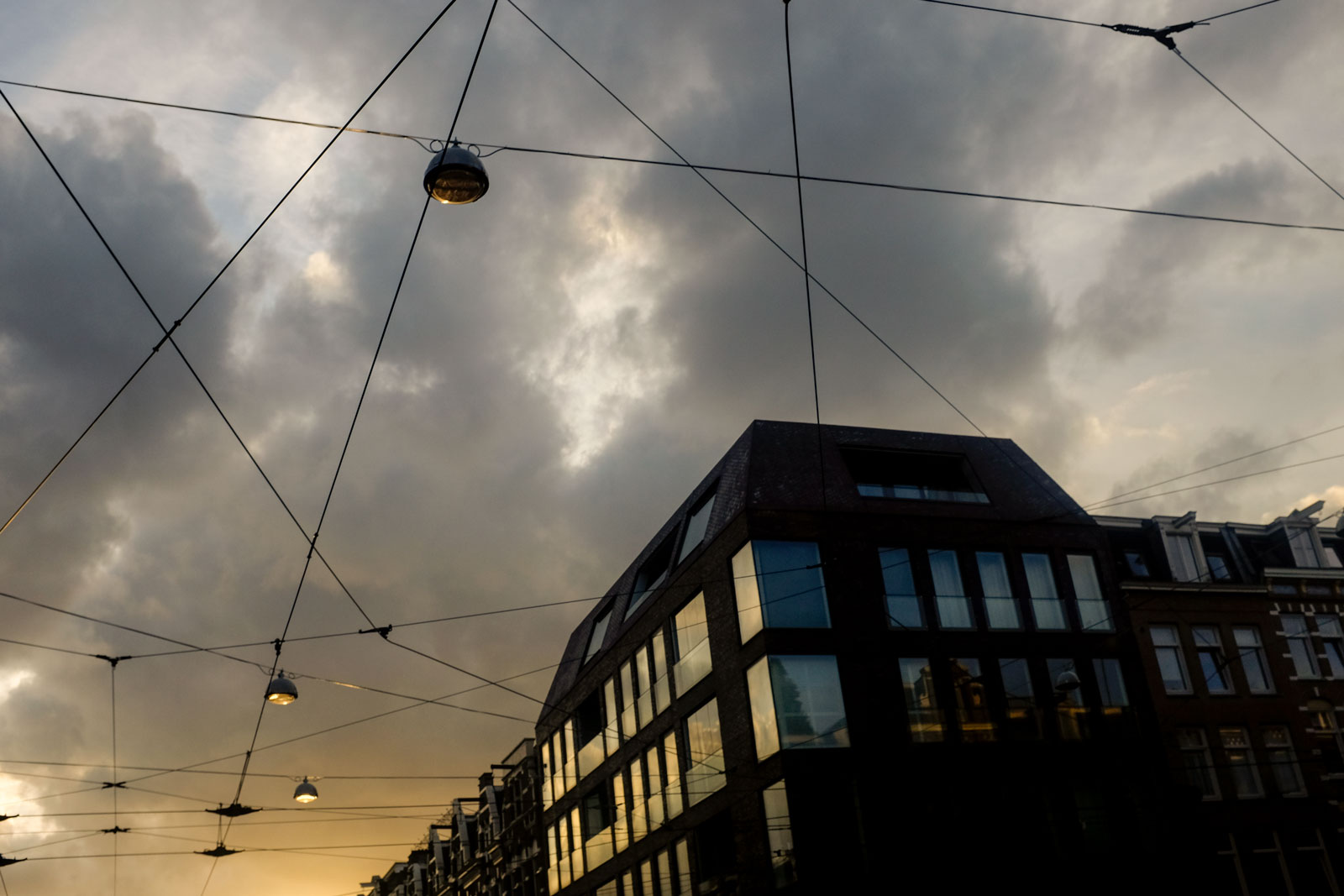
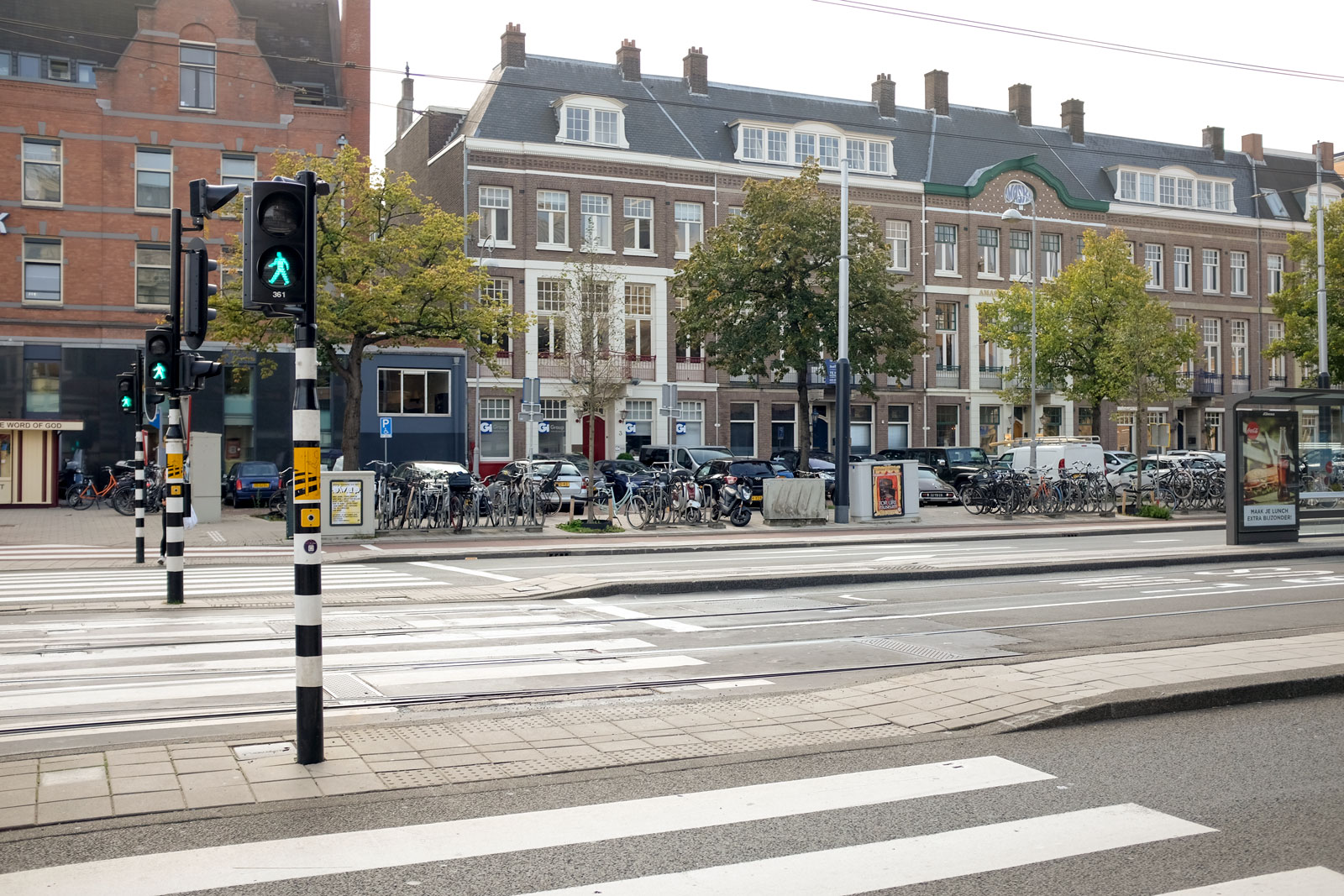
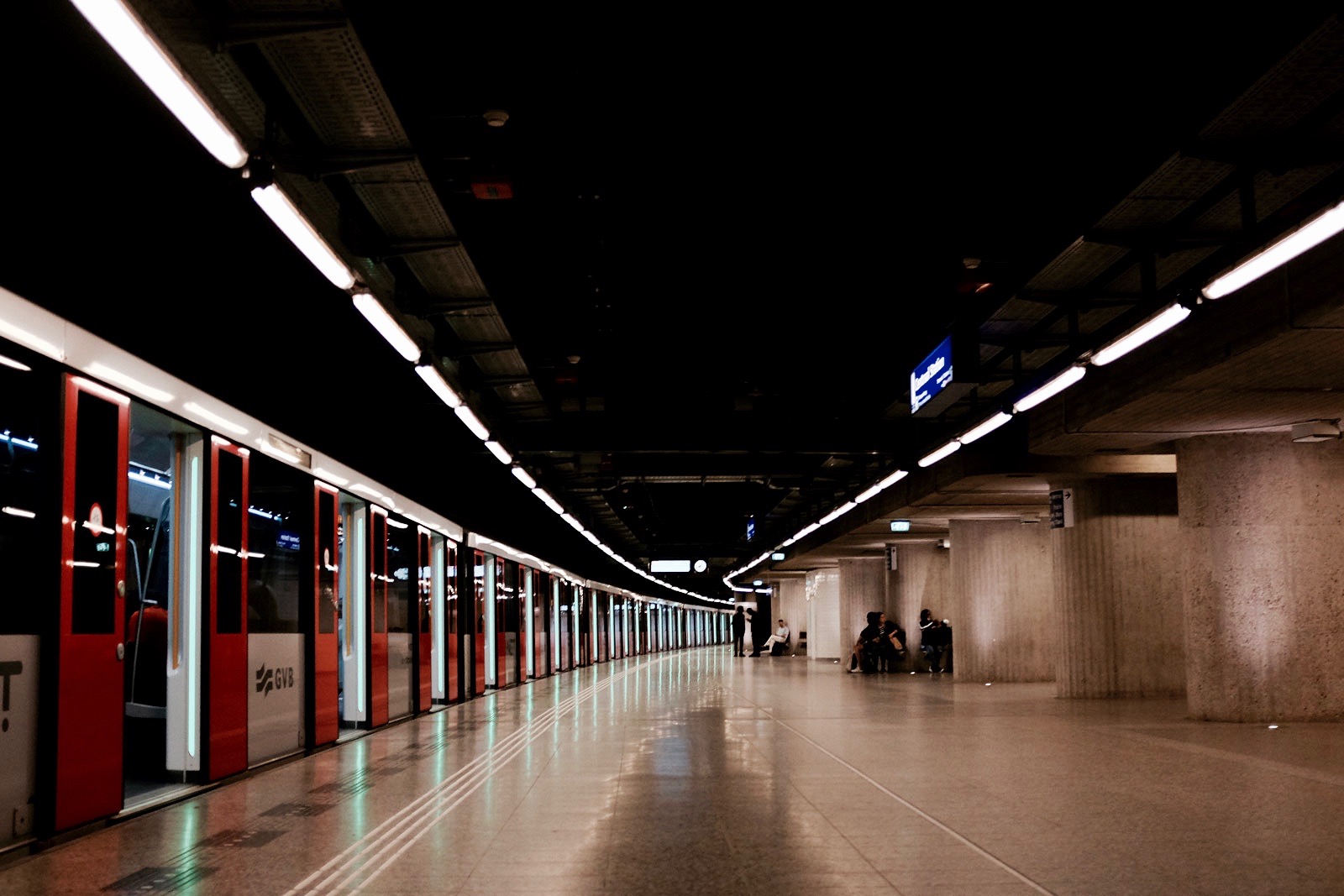

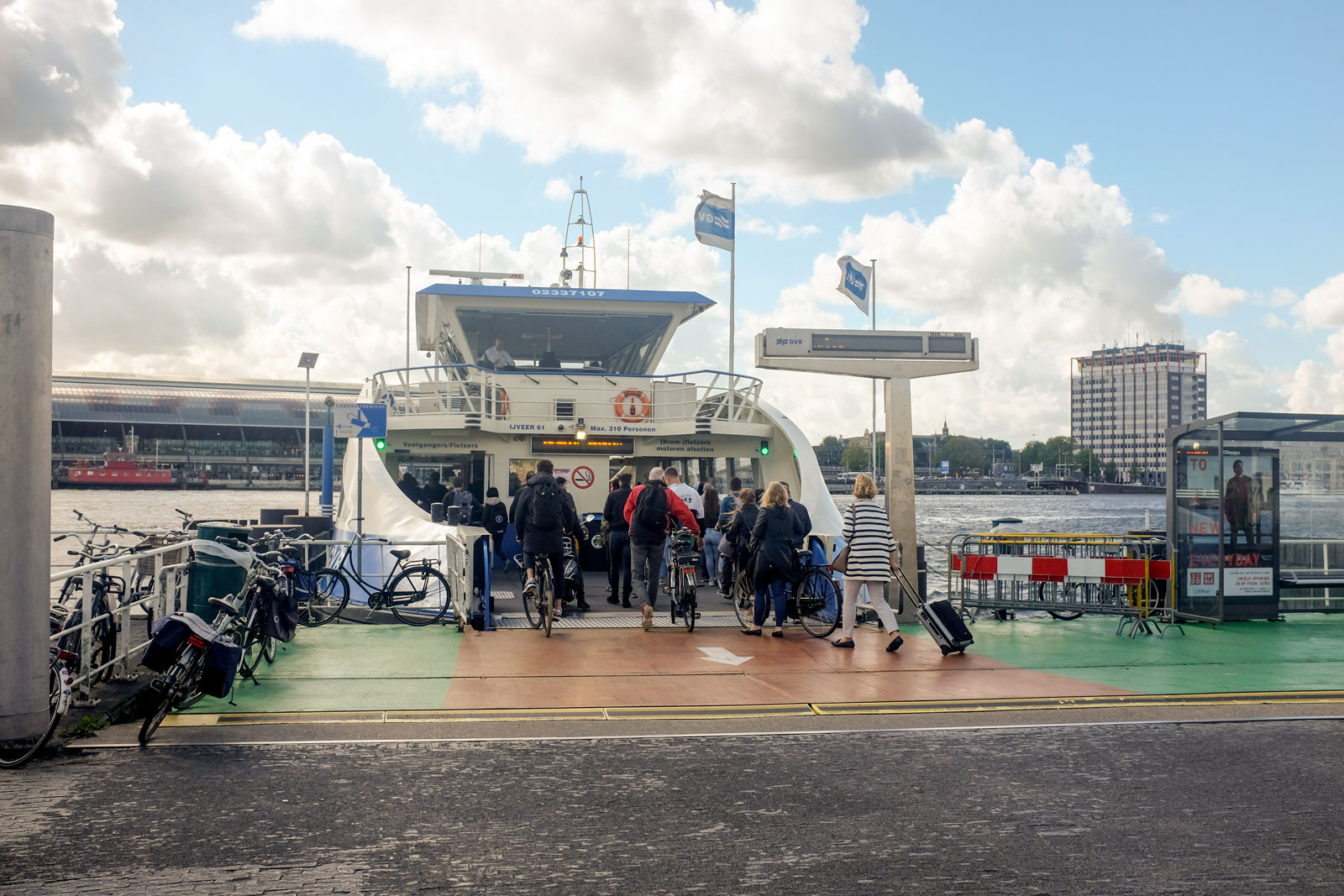
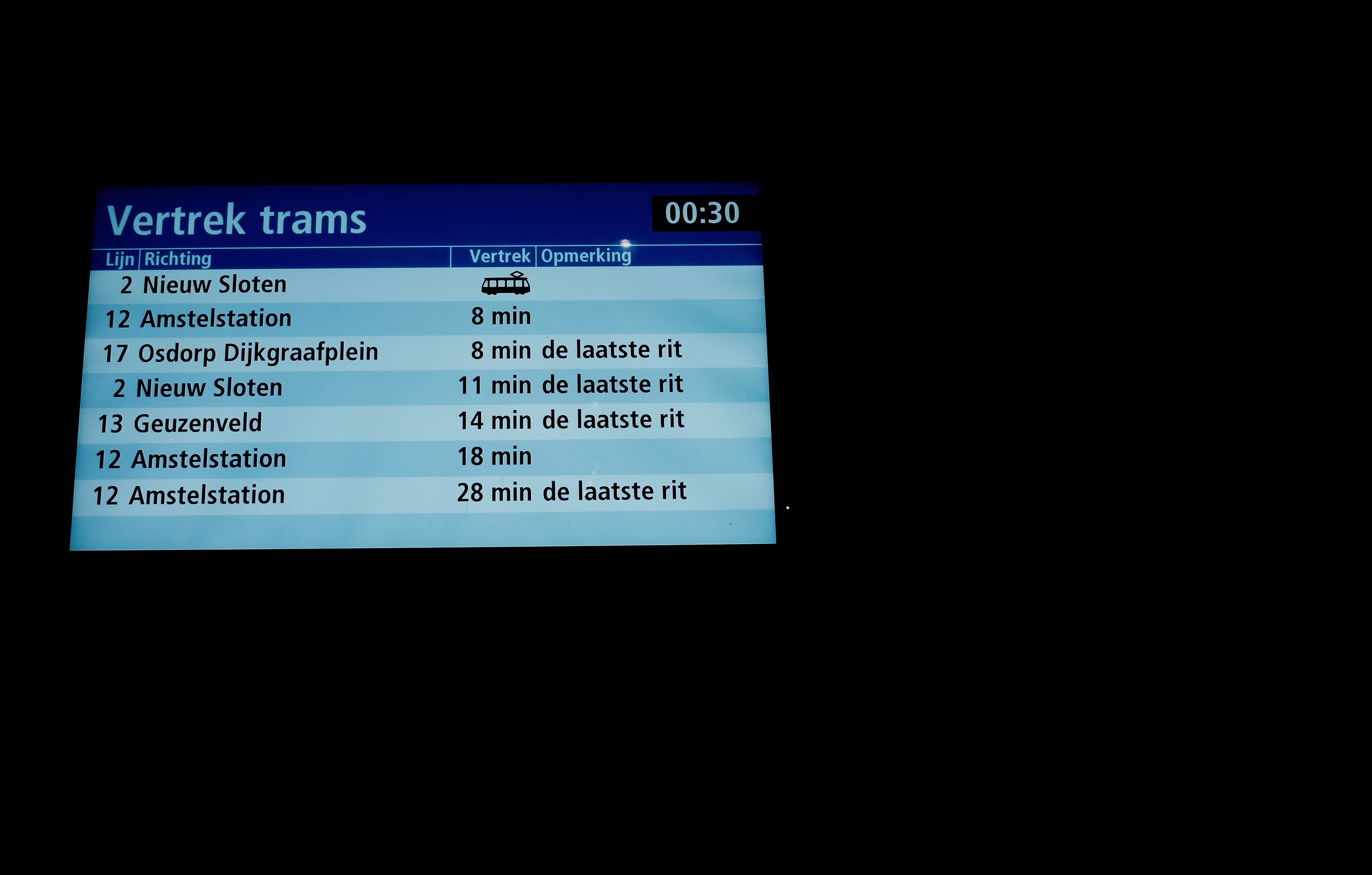



One Comment on “Getting from A to B: What You Need to Know About Public Transit in Amsterdam”